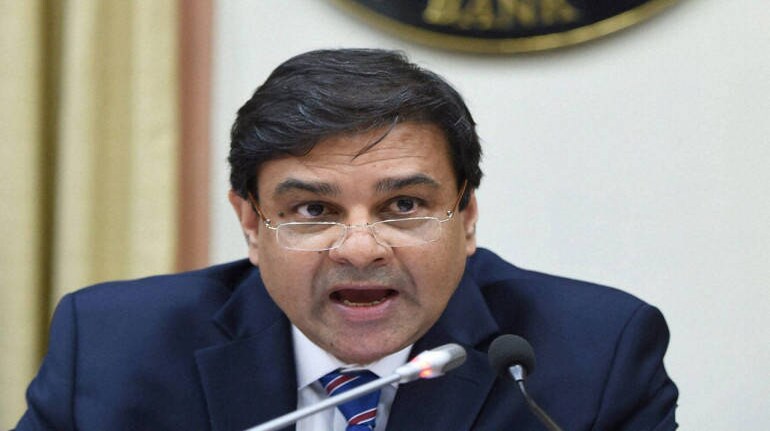



The Reserve Bank of India (RBI) on Wednesday retained FY18 growth projection (GVA) at 7.3 percent, while effecting a 25-basis points (bps) cut in repo rate.
"External demand conditions are gradually improving and should support the domestic economy, although global political risks remain significant. Keeping in view these factors, the projection of real GVA growth for 2017-18 has been retained at the June 2017 projection of 7.3 per cent, with risks evenly balanced," the RBI said in its third bi-monthly policy review for FY18.
The central bank said that business sentiment polled in the manufacturing sector reflects expectations of moderation of activity in the September quarter. “High levels of stress in twin balance sheets – banks and corporations – are likely to deter new investment,” the RBI said.
"There is an urgent need to reinvigorate private sector investment," RBI Governor Urjit Patel said on Wednesday.
RBI Credit Policy: How Interest Rates WorkThe repo rate now stands lowered from 6.25 percent to 6 percent. The central bank's decision to leave the repo rate at a 6.5-year low had been expected by several economists and market experts alike.
RBI last changed the policy rate with a 25 basis points cut in October. The RBI last changed its reverse repo rate in April with a surprise 25 basis point increase.
Catch RBI Monetary Policy Live Updates HereFour of the six-member Monetary Policy Committee (MPC), headed by RBI governor Urjit Patel, voted in favour of a 25 bps rate cut while Ravindra Dholakia voted for a 50 bps cut and Michael Debabrata Patra voted for status quo.
The MPC was of the view that the moderation in price trends have persisted long enough to warrant lower loan costs, necessary to engineer a quick industrial turnaround and goad people to spend more.
Inflation rates have slowed to record lows and food prices have been falling. Consumer price index (CPI) — commonly referred to as retail inflation that the RBI tracks — moderated sharply to 1.54 percent in June, the lowest since the index was rebased to 2012 in a new data series.
The RBI and the government has set a retail inflation target of 4 percent for next five years with an upper tolerance level of 6 percent and lower limit of 2 percent.
Persistently low inflation levels can indicate poor demand and weak economic activity, and it was widely expected that the central bank will cut interest rates to prod spending and investment.
Latest data show factories are barely producing more goods. Factory output — a good indicator of both industrial activity and mood of shoppers — crawled at 1.7 percent in May. The manufacturing sector, which accounts for 75 percent of total factory output measured by the index of industrial production (IIP), fare even worse growing 1.2 percent during May.
According to the Nikkei India Manufacturing Purchasing Managers' Index (PMI), manufacturing activity in Indian factories slowed to an eight-year year low in July, partly pulled down by drop in new orders and output following the rollout of the goods and service tax (GST).
The PMI, a metric to measure industrial activity capturing output to sales, fell to 47.9 in July, from 50.3 in the previous month indicating faltering business conditions. A reading below 50 indicates contraction in factory output.
Discover the latest Business News, Sensex, and Nifty updates. Obtain Personal Finance insights, tax queries, and expert opinions on Moneycontrol or download the Moneycontrol App to stay updated!
Find the best of Al News in one place, specially curated for you every weekend.
Stay on top of the latest tech trends and biggest startup news.